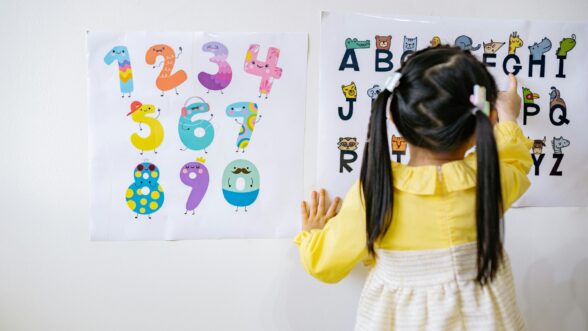
Education, Parenting Resources
Education
22 November, 2025

What are wordless picture books? They’re books for children that rely on illustrations alone to tell a story. There are no words! Their open-ended nature gives them a rich opportunity to teach children many early literacy skills. Literacy experts and educators love wordless picture books and we reckon you and your child will too. You need to know how to “read” them.
Wordless picture books encourage children to focus on the illustrations and infer meaning, developing their visual literacy. Little readers can look for clues and interpret what the illustrator is trying to convey. And there are no wrong answers!
Children are encouraged to ask questions and think critically as they examine illustrations and explore possible meanings. They can make connections between the illustrations and their own life experiences, which helps them to understand the world they live in.
Talking about the illustrations is a fantastic opportunity for children to develop their vocabulary and language skills as they use descriptive language to describe what they see.
Children can build their emotional intelligence by studying characters’ facial expressions and body language, helping them learn to recognise emotions in other people and understand their own feelings.
Children develop their communication skills by becoming the narrator. Inspired by the images, they can use their imagination and creativity to craft their own story. This helps them to develop an understanding of basic story structure, creating a beginning, middle and end to their yarn. They can practice describing the setting and developing their characters.
Perhaps most importantly, wordless picture books allow very young children to have successful interactions with books, giving them confidence and pride in “reading”. These enjoyable reading experiences encourage children to keep engaging with books, which in turn makes the progression to reading much easier.
Tips for “reading” wordless picture books:
Check out the Edge Early Learning blog for our favourite wordless picture books. You can borrow them from your local library or ask your local bookshop to order them for you.